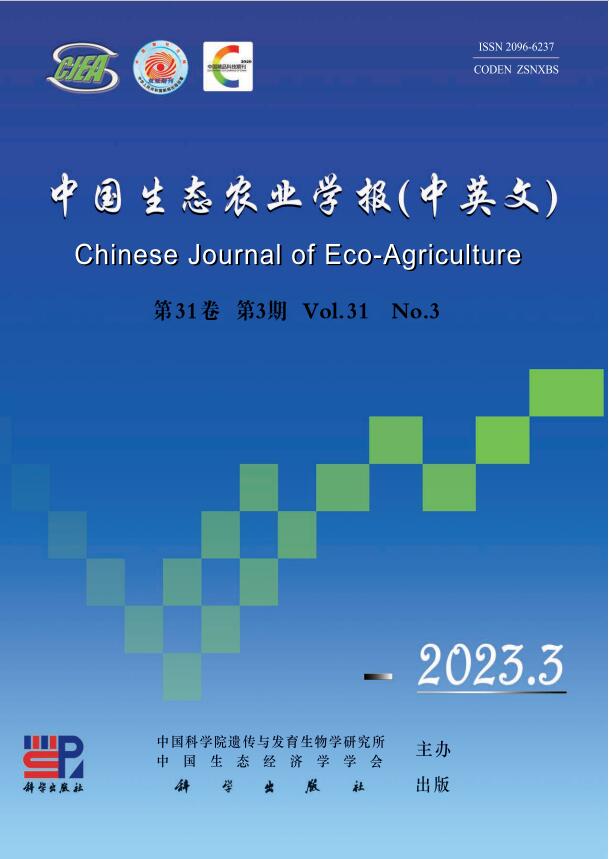Abstract:
Chemical pesticides for controlling plant diseases and insect-pests in farmlands cause a series of serious problems including residue effects, environmental pollution, etc. Bio-pesticides and bio-controls are, on the other hand, slowly effective, high cost, and, always with certain targets. Integrated, high-efficient and environment-friendly disease and insect-pest control measures are in increasing demand today. Landscape ecological research has shown that the populations of pathogenic bacteria, pests and their natural enemies are largely affected by landscape patterns. This has provided a new insight into plant disease and insect-pest control. Rational planning of agro-landscape patterns at landscape scale and reasonable arrangement of planting structures and farming activities constituted a beneficial control of agricultural diseases and insect-pests in farmlands. This paper discussed control measures of agricultural diseases and insect-pests from the point of view of agro-landscape at the landscape, field and farm management levels. At the landscape level, control measures of plant diseases and insect-pests included increasing area portions of semi-natural habitats, enriching semi-natural and farm crop habitats and enhancing heterogeneity of landscape structures. It was also necessary to keep the degree of connections among landscapes so as to maintain a balanced migration of natural enemies and prevention of the spread of plant diseases and insect-pests. Low-quality semi-natural habitat plaques also needed to be improved. At the field level, original farmland boundaries needed to be preserved. Also building of new farmland buffers were needed to control plant diseases and insect-pests in adjacent farmlands. Constructed farmland buffers needed to be integrated into original semi-natural habitat and farmland boundaries. Furthermore, it was important that farmland buffers were rationally configured for plant species, weeding, fertilization, spray pesticide and other agro-management practices. At the farm management level, reasonable intercropping patterns at the landscape level were needed for effective disease and insect-pests control. Tree-crop intercrops, rice-fish/duck farms, fallows, deep ploughs, conservation tillages, organic fertilizations, etc., constituted other important control measures of agricultural diseases and insect-pests. The combination of the above in constructing integrated agro-ecological landscapes for comprehensive control of plant diseases and insect-pests was demonstrated in the Hani terraced fields.










